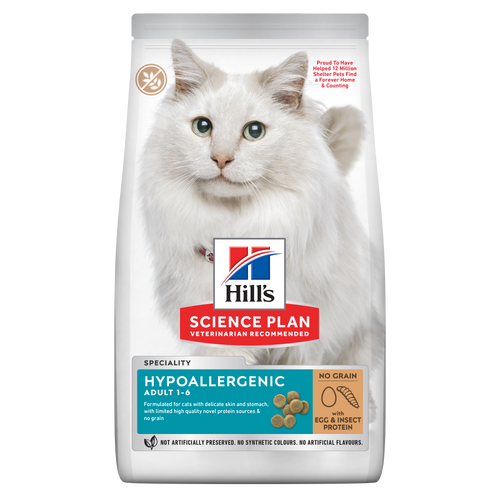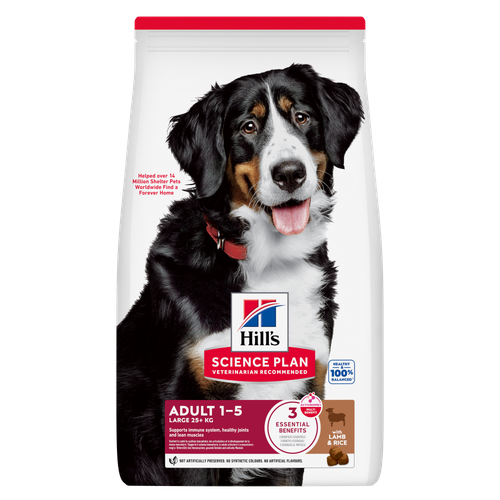

Having decided to bring home a new puppy, it's important to balance your excitement with a plan for puppy proofing your home. These tips will help you prepare for his arrival:
Through Your Dog's Eyes
Before you bring your new best friend home, make sure it's a safe place. And lucky for those who've ever prepared for a baby, the process is similar for your dog. Check for any safety hazards that could hurt a curious animal. Wondering what to look out for? Start by walking around your home for loose wires and exposed electrical cords. Puppies like to chew, and unfortunately these cables are very tempting. Tape down or secure any that cannot be moved or hide small ones on a shelf he can't get to.
Are kids in the house? Invite them into the puppy proofing game. Down on your hands and knees, pretend to be puppies yourselves. Don't knock this technique; it lets you better identify any toys, objects, or even trash your dog could accidentally swallow (or purposely try to eat). If there's an area of your home that's impossible to clean up, such as a playroom, keep your dog away by closing the door or installing a baby gate. Barriers can be good to keep at the top or bottom of the stairs, especially if you have a small or a toy breed dog that could be hurt by a tumble.
Those Aren't Chew Toys
It's easy for your dog to mistake items around your home as his personal playthings. Start by unplugging any small appliances after you use them. For example, don't leave your hair dryer plugged in with its cord dangling off the bathroom sink. If pulled, it could hit your dog, and if he chews it, put him at risk for an electric shock. Keep in mind chewed cables can also be a hazard for your home in general. Frayed wires could spark, causing an electrical fire.
Cords aren't the only items your dog may want to chomp on. In fact, puppies love teething on shoes, and you probably have many pairs at entrances or open closets. Whether you own high heels, sandals, sneakers, or boots, dogs don't discriminate when looking for a toy or afternoon snack. If your new puppy gets into your footwear, he can very easily ruin it. Even more important, he could swallow pieces of shoe and choke. Keep them closed off in a room or compartment where your dog can't access them. It's best to train him what are and are not toys from an early age to help save you from financial headaches, having to replace shoes, rugs, clothing, children's toys, and more.
Wet Spots and Hot Spots
Even if you have taken the time to clean up and puppy proof, there are many common household items that can be dangerous to a new pup. Certain areas of your home need puppy proofing as a whole. Do you have a pool in your backyard? Be sure it's gated off so your dog can't jump in. Although some dogs are strong swimmers, a pool still poses a drowning risk for puppies who are left unattended.
All hot spots are no-no's to keep your puppy away from, whether it's a fireplace, electric heater, or wood stove. Secure the perimeter of each heat source, and reinforce that this is not a puppy-friendly area with house training to ensure your dog stays away on his own.
Cleaners and Medicine
Houseplants add gorgeous greenery to your home, but some plants are extremely toxic to dogs. Know which plants are toxic—such as mistletoe, chrysanthemums, and lilies, among others according to PetMD—and remove any you currently have inside. Many household cleaners and similar products can be just as dangerous if ingested. Keep your pet away from volatile substances in your garage such as oil, car cleaners, rock salt, and antifreeze.
Also canines can get confused over medications or vitamins they think are treats. Keep them stored safely in a high cabinet where neither kids nor pups can get to them. The same goes for dishwasher or laundry detergent, both of which should be stored out of reach—preferably in a locked closet (dogs can open them otherwise!).
Keep the Floor Clean
Keep a careful eye on what ends up on the floor once you bring your dog home. Yes, you and your family crawled around to pick up tiny items to protect your dog before you brought him home. This needs to be done again on occasion once he moves in. Clean up anything that falls on the floor when cooking; foods like chocolate are well known to be harmful to dogs. Your eager companion could just as easily choke on small items or eat something that causes trouble during digestion, like floss or a rubber band. Vacuum or sweep your floors regularly to prevent any of these scary issues.
Protect Your Belongings
Not only do you want to keep your puppy safe, but you should also protect your belongings from him. No one wants to see a chewed up couch, scratched door, or broken irreplaceable keepsake when they get home. The first step is prevention. If there's anything you wouldn't want ruined or broken, which you normally deem safe as is, move it temporarily. Use washable blankets and liners to prevent any accidents from staining your couch, and puppy-safe bitter sprays can be used on exposed wood to repel chew-crazy pooches. A large glass urn on your floor may deserve a new home on a side table or in a closet until your puppy is tame enough to navigate it. Consider this for any heirlooms that can be peed on, chewed up, or broken in an instant.
Plan for Mischief
Even with the best puppy proofing and dog training regimen, it's likely that your furriest family member will still find ways to get in trouble. But be patient with him; a puppy needs to learn the rules before he can handle your responses if he breaks them. He doesn't know your old house slippers aren't chew toys until you teach him. He may also think the kitchen garbage can is one tall doggy bowl filled with a great selection of dinner treats. Don't let this potential overwhelm you—most situations can be addressed as they happen. Practice your dog-training techniques so that your dog will know what he can and cannot play with.
It only takes a little time to puppy proof your home, and your dog will be grateful to live in such a safe place. As he grows with your family, watch him learn what's allowed inside, and you'll find yourself having to put in less effort to remind him. Until then, keep your new puppy safe from any possible hazards.




















